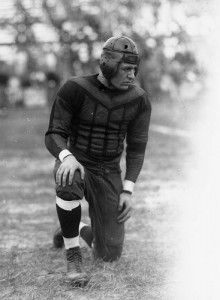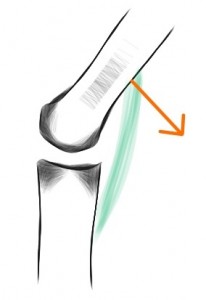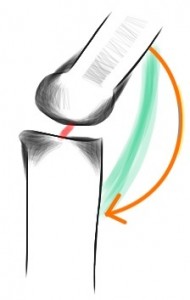 It has been a horror run for knee injuries this pre-season, and that was only after Round 1 of the NAB Cup.
It has been a horror run for knee injuries this pre-season, and that was only after Round 1 of the NAB Cup.
Some have come in-game, others before the first ball-up has even been contested.
By my count, we have seen 3 ACL tears and 2 isolated MCL tears this pre-season. If you add to this Max Gawn’s ACL rupture in December, that makes 4 ACL tears since Geelong held the cup aloft in October.
That’s an alarming number.
AFL data reveals that for every club in the competition, there are 0.7 ACL ruptures each season. With the addition of GWS, that means we might reasonably expect 13 ACL tears in season 2012. Does that mean that we’re “4 down, 9 to go”? It seems likely.
Between 2001 and 2010, with 16 teams in the competition, there were between 8 and 14 ACL injuries every year. That represents quite a consistent rate and one that has shown no evidence of improving.
While the debates about playing surfaces, bench rotations, interchange size and the controversial LARS surgery have raged, there have been no significant inroads into the rate and recovery of ACL injuries in AFL football.
A ruptured ACL can happen to anyone, from professional athlete to professional journalist. Many people have had experience with this injury, and many more have held strong opinions.
But what is the anterior cruciate ligament? What makes it so important? How does it rupture? How is it diagnosed? How is it fixed? In the next few weeks, we’re going to bring you the definitive guide to the ACL.
Part 1: What is the ACL and why does it break?
The anterior cruciate ligament (ACL) is a surprisingly unnecessary ligament for everyday life. The knee joint is quite an unstable joint and needs all the stabilisation it can get, but very little of this comes from the ACL.
The quadriceps muscles in the front of the thigh are the most important muscles for keeping the knee stable. As some of you may have experienced, after rupturing an ACL these muscles tend to tighten to keep the knee stable.
The ACL seems to be doing very little, until you start running.
The ACL has several functions, the main one being to make the knee joint flex. When the muscles that flex the knee contract, they pull on the thigh bone (femur) and calf bone (tibia).
Without the ACL, this would mean that the thigh would move backwards on the calf. The ACL holds these bones in place and converts this motion into a rolling motion — instead of falling backwards, the knee bends.
Remove the ACL and the knee simply doesn’t bend properly. The quadriceps can stabilise the knee as much as they want, it still won’t work the way it should and bending will always feels unstable.
The ACL stops backwards movement of the thigh, while its counterpart, the posterior cruciate ligament (PCL) stops backwards movement of the calf. But why don’t we see so many PCL injuries? Two reasons come to mind: one, the PCL is stronger, and two, the mechanism of ACL injury is much more common.
So, the ACL is important, not because the knee is unstable and you cannot walk without it, but because the knee joint just doesn’t work the way it’s meant to. This failure for the knee joint to pivot the way it should is not 100% vital for everyday life, but becomes exceedingly apparent when trying to play sport.
Why it is injured comes down to the mechanism, which is explored in Weak at the Knees Part 2.






